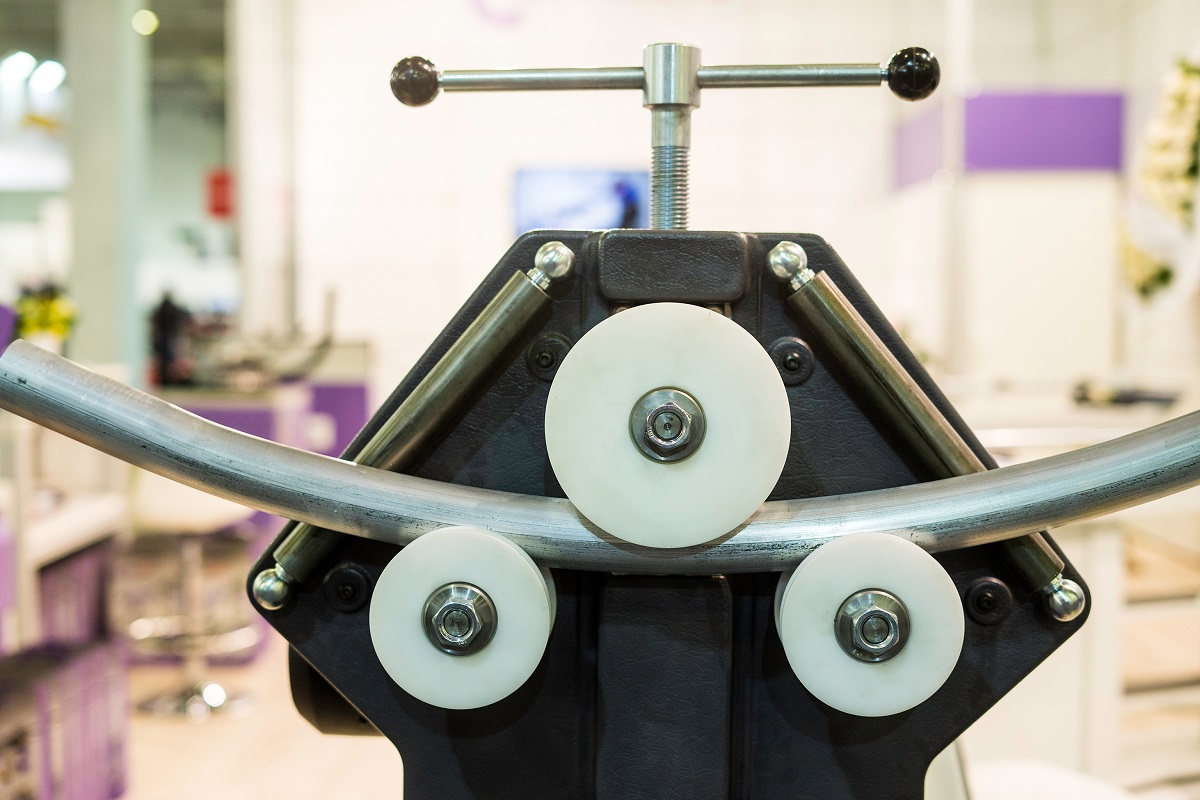You will need to bend various sheets or plates to achieve the desired shape for your product. Very few materials are entirely straight nowadays. There are multiple techniques used to accomplish the bent shape of materials, but roll bending is the most popular. In roll bending, your material will be neither cut nor decreased but rather bent through the application of a force. This is hence among the chipless methods of sheet metal forming.
Baileigh bender machines are ideal if you desire to get a large and smooth radius for your sheet metal panel. Before your sheet metal is bent, you will determine the minimum bending radius that suits your application. This will represent the value up to which your material can be bent without defects. If the material’s radius is less than your required minimum bending radius, this means the material will tear and spall at the edges when bent. Here are the common roll bender styles that might suit your industry:
Single Initial-Pinch Machines
These are typically used for light-capacity work and can be hydraulic or electromechanical. The machines will pinch a flat sheet between two rolls that are vertically opposed, while a third bending or offset roll will contact the sheet and bend it. Once the rollers are set in motion, your material will exit at a specific radius and rolled into a cylinder. Single initial-pinch machines need someone to remove and re-insert the sheets on both its ends. Though cost-efficient, this will make them labor-intensive for production settings.
Four-Roll Style Machines
 These will suffice for heavy to light industrial applications. They have one top roll in a fixed position and two lateral or offset rolls on either side with an extra roller under their top roller. This roller will constantly pinch the plate as it passes through the machine. This is the only machine with CNC or NCs since the fourth roll will minimize the risk of your material slipping and support the automatic control of these technologies.
These will suffice for heavy to light industrial applications. They have one top roll in a fixed position and two lateral or offset rolls on either side with an extra roller under their top roller. This roller will constantly pinch the plate as it passes through the machine. This is the only machine with CNC or NCs since the fourth roll will minimize the risk of your material slipping and support the automatic control of these technologies.
True-Pyramid Machines
These are among the oldest roller benders available and are generally found on the used machines’ market. They have three rollers. The top roller is also called the bending roller and will move up and down, while the two lower rolls remain fixed. Though inexpensive, true-pyramid machines are not very user-friendly and often leave some parts of your material unbent.
Two-Roll Machines
These are used for roll bending metals with a thin gauge. They comprise a urethane-coated large-diameter pinch roller that moves against a steel small-diameter top roll. Though two-roll machines have a high production speed and will roll round sections even when the blank has cutouts and holes, they are not as flexible as other roll benders.
When buying the given benders, consider their hardened roll surface. Most materials in industries nowadays are hardened and will need a solid outer roll surface on your roll bender. A Rockwell C scale hardness rating of 50-55 is the ideal choice. This will guarantee a long-lasting machine and reasonable penetration depth for your material.
